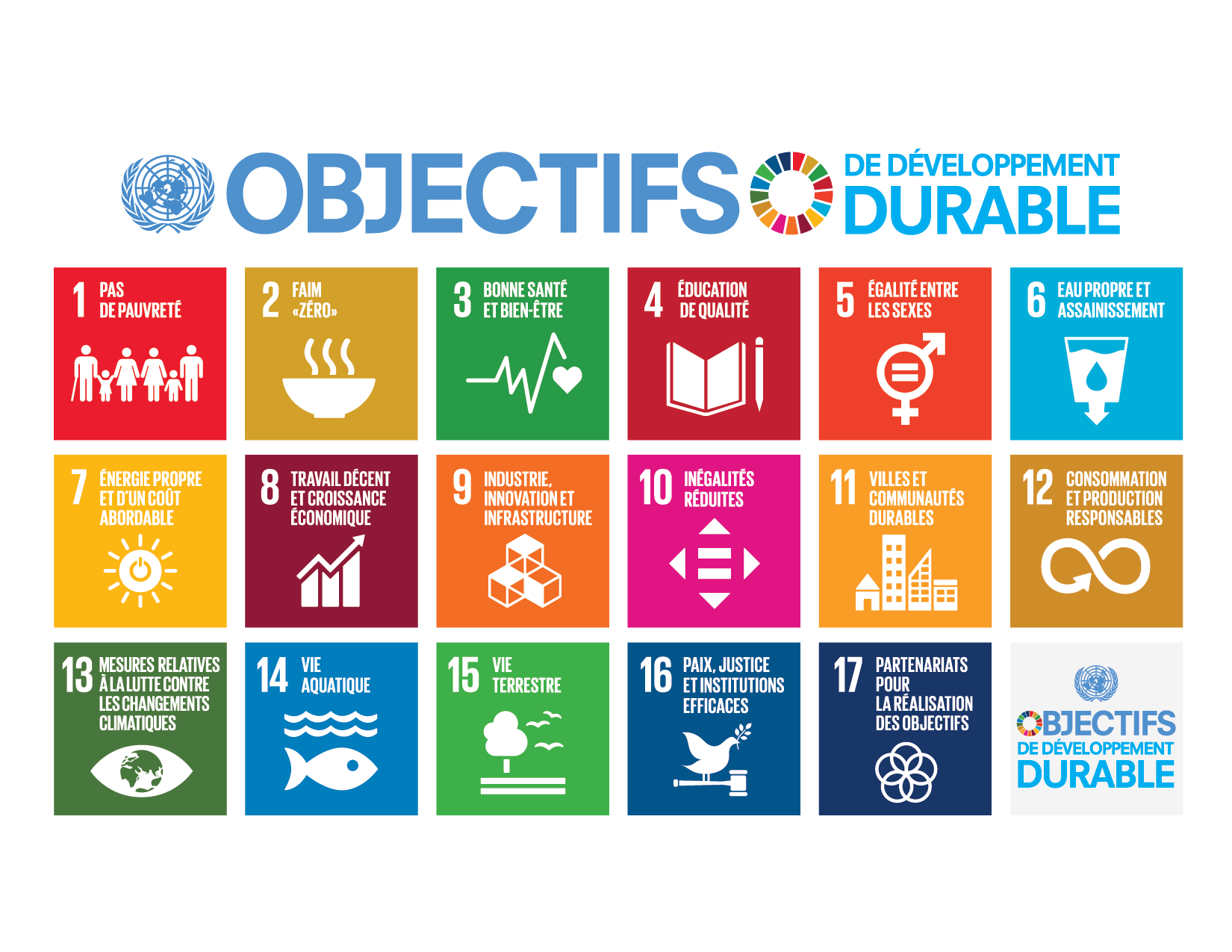
A civil registration and vital statistics (CRVS) system records important life events, such as birth, death, marriage, and divorce. It connects this data with health information to produce vital statistics for governments.
CRVS systems can help countries advance towards the UN Sustainable Development Goals (SDGs) – which seek to improve lives everywhere – in four essential ways:
#1 Contribute directly
Strengthening CRVS systems is a goal in its own right. These SDG targets are directly related to improved CRVS systems:
- SDG 16.9 to provide legal identity for all, including birth registration.
- SDG 17.18 to increase the availability of high-quality, timely, and reliable data disaggregated by income, gender, age, and other characteristics.
- SDG 17.19 to support statistical capacity building in countries.
#2 Empower individuals
Civil registration empowers people to access services and exercise their rights in ways that uphold the SDGs. Here are a few examples of this:
SDG target 3.8 is to achieve universal health coverage, including access to essential medicines and vaccines for all. Children in 20 countries need a birth certificate to receive vaccinations. Yet 35% of the world’s children under five have not had their births registered. This can be addressed by strengthening and improving CRVS systems across the globe.
SDG target 5.3 is to eliminate all harmful practices, including early marriage. A birth certificate gives children a way to prove they’re under the legal age, and marriage registration helps governments to identify and prevent early marriage. Nearly one in three child marriages happens in sub-Saharan countries, and at least 10 of these countries do not legally require people to register marriages.
SDG target 16.2 is to end abuse, exploitation, trafficking, and all forms of violence against children. But children need proof of age to seek protection and justice under the United Nations Convention on the Rights of the Child. In the Philippines, around 50% of cases involving child labour or prostitution could not be prosecuted because a birth certificate wasn’t available.
#3 Inform policies
A good CRVS system generates reliable, timely data disaggregated by sex, age, and other characteristics. This data can inform policies to support sustainable development by helping governments understand issues within their population. For example:
SDG target 3.2 is to end preventable deaths of newborns and children under five. Vital statistics produced by an effective CRVS system provide insight into what diseases are killing children, where, and why. Governments can use this information to implement targeted healthcare programs.
SDG target 5.A includes giving women access to financial services, such as bank accounts and lines of credit. A well functioning CRVS system can provide proof of ID, which people need to access financial services. In 2015, men in India were 20% more likely to have a bank account than women – but a nationwide biometric ID initiative shrunk this gap to 6%.
#4 Track progress
CRVS systems are important for measuring progress towards sustainable development. We need the data they produce to track close to 30% of indicators, covering 12 of the 17 SDGs. For example:
SDG target 3.1 is to reduce the global maternal mortality ratio to less than 70 per 100,000 live births. CRVS systems can provide the denominator (population) and numerator (deaths) to work out how many women are dying of pregnancy related causes.
SDG target 4.1 is to ensure that all girls and boys complete free, equitable, and quality primary and secondary education. But it’s impossible for governments to effectively measure this if they don’t know how many children exist in their country. Worldwide, 230 million children under five are invisible because their births have not been registered.
The state of CRVS systems
More than 100 developing countries do not maintain well-functioning CRVS systems. There are also large gaps in data about women, girls, and other vulnerable groups. Learn why these data gaps exist and what we can do about it in our article: Why CRVS systems are essential to achieving the Sustainable Development Goals.